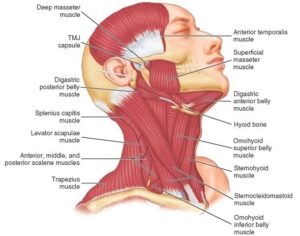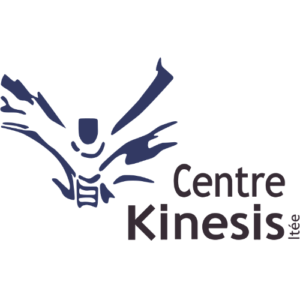Noise in the head?
Noise in the head?
''A truck in my head'', ''It buzzes in my head'', ''It whistles like hell every time I get behind the wheel''…, and a lot of other complaints reported by customers who suffer from tinnitus. By the way, up to 43% of Canadians have suffered from tinnitus, 35% only in the past year (Source: Health Canada).
But what is this tinnitus?
Tinnitus is defined as a noise perceived in one or both ears, the origin of which is not a real sound or an external noise. Tinnitus can be high-pitched, low-pitched, or combined. Sometimes it is accompanied by clicking.
There are two kinds of tinnitus: The goal (doctor or specialist can hear rattling inside; and accounts for 5% of cases). Subjective : only the person suffering from this noise perceives it. This category constitutes 95% of the cases.
There are a multitude of causes for tinnitus, a number so complex that we still cannot determine the fixed origins or protocol treatments.
Basically, tinnitus can be caused by problems with the ear itself, intracranial problems, circulatory problems, chemical problems (such as taking certain medications), diseases such as Ménière's disease, and a multitude of other causes.
But two causes hold our attention when all the other causes are eliminated by the medical specialist. Problems with the jaw joint (Temporo-Mandibular Joint or ATM) and cervical problems. In these two cases, we speak of tinnitus somatosensory.

Solutions?
In the case of somatosensory tinnitus, there is no miracle solution. It is a question of proceeding by trial. In the case of an ATM problem, especially if you clench your teeth during the night, the first step would be to visit your dentist who will take care of you or refer you to a specialist (orthodontist or other). Subsequently, a combination of interventions will be beneficial as part of the overall care, for example by combining with chiropractic, physiotherapy and masso-kinesitherapy. If the TMJ is healthy, but the neck is problematic, go directly to complementary care.
And physiotherapy in all this?
By means of various techniques for lifting muscle tension, specific massage maneuvers, postural correction, relief of musculoskeletal spasms and fasciatherapy, work on trigger points (Trigger Point Therapy), the physiotherapist will work to reduce tension, relieve the muscle chains and create the space required by the body to self-adjust. Whether it is the neck, the jaw (muscles intimately linked with the mechanics of the neck), or the combination of the two, whether as part of a care within a multidisciplinary work or alone, physiotherapy is essential in the frame of care to provide much needed balance and relaxation to turn down the sound!
Patrick Georgevitch, Masso-kinesitherapist
strong-life.ca



